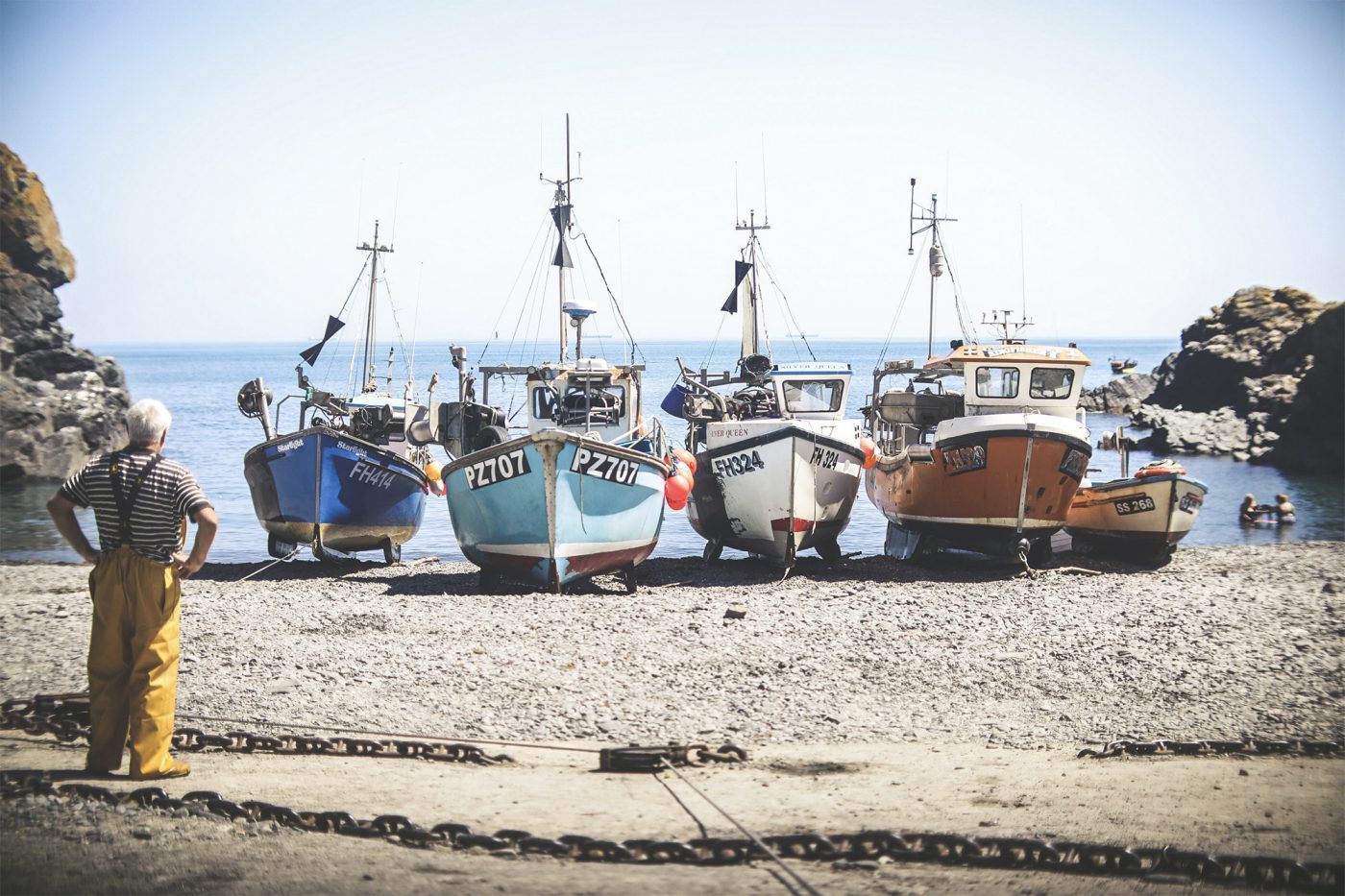28 May 2013
There are few places in the UK that can equal the Yorkshire coast for the diversity of its fishing industry or its fluctuating fortunes. Fishing ranges from distant water vessels that, although a shadow of the once mighty Hull fleets, still fish cod in distant waters in the Arctic and Greenland, to small vessels making a living on pots and nets.
The collapse of the distant water fleets, in the wake of the cod war with Iceland, was echoed a generation later further up the coast in Bridlington, Scarborough and Whitby with a decline in vessel numbers associated with the failures of the Common Fisheries Policy (CFP).
However, the agreement reached by the Council of Ministers in Brussels in the early hours of Wednesday (15 May) represents an important staging post on the tortuous passage to CFP reform. While the discard ban has dominated the debate around the CFP reforms, the much more important issue for fishermen working at sea on a daily basis is the now achievable goal of decentralising decision making from Brussels to a regional level.
Until now, there hasn’t been significant recognition of the importance of regionalisation but we welcome the Council’s acknowledgement that the current system of prescriptive micromanagement has failed. We see this as a vital first step to promoting decision making which is fairer and more flexible for each member state on a regional level whilst still ensuring seafood remains a sustainable, traceable food source.
Yorkshire confidence is rising, as evidenced by the new fuel efficient, 26 metre trawler Our Lass being built at the nationally successful Parkol yard in Whitby for President of the National Federation of Fishermen’s Organisations, Arnold Locker and his son James.
After successive years in which quotas were cut and cut again, last year saw a 15% increase across all the main whitefish stocks for the second year in succession as the whitefish stocks of cod, haddock, coley and plaice have rebuilt. The recovery of plaice has been nothing short of meteoric, beyond anything seen in the historic record. Scientists confirm that since 2002 there has been a “dramatic reduction in fishing pressure” right across the North East Atlantic and whitefish, including the North Sea stocks, are rebuilding rapidly. The experience on the Yorkshire coast reflects these general trends.
Shellfish fishermen have been keen not to repeat the experience of the whitefish industry and point to the fact that they have had one huge advantage: every crab or lobster returned to the sea survives to be caught later as a bigger animal. The lack of a discards problem supplemented by minimum landing sizes gives the shellfish sector an advantage, but the fishermen are not complacent and discussions are underway with the Government on sensible conservation measures that have the backing of the industry. Organisations like the Holderness Coast Fishermen’s Association, part of the NFFO, take conservation and working with fisheries scientists very seriously.
In fact there has been a remarkable transformation in the relationship between fishermen and fisheries scientists over the last ten years. Once there was a mutually hostile attitude driven by falling quotas and adversarial attitudes, now scientists can often be found aboard commercial fishing vessels as part of the Government funded Fisheries Science Partnership. There is a new respect for the kind of knowledge held by fishermen which is used to strengthen the more conventional fish stock assessment methods.
Fishing has always been a fluctuating business as the fortunes of target species waxed and waned and markets did likewise. A boom in whelks in the 1990s has been followed by remarkable years in the crab and lobster fisheries, with Bridlington becoming the preeminent crab and lobster landing port in England. One of the biggest fears within the fishing industry on the Yorkshire Coast is the loss of access to traditional fishing grounds through competition for space by a range of offshore activities and marine protected areas. Offshore wind-farms, oil and gas, aggregate dredging and displacement of fishing activity from marine conservation zones can affect a fisherman directly or indirectly by knock-on effects. It’s not as though fishermen think that they have a monopoly on the sea or the seabed, it’s the sheer scale of some of the projects and the Government’s belief that fishermen can just move aside. The NFFO is a strong supporter of MPAC, the Marine Protected Area Fishing Coalition, which aims to give fishermen a voice in the design and location of marine protected areas.
Yorkshire owned and crewed vessels can now be found fishing in the Norwegian sector of the North Sea and landing into the Scottish port of Peterhead. Migration to the best fishing grounds and landing into the best markets is nothing new.
Fishermen from Yorkshire were involved in establishing the NFFO in the 1970s to deal with the looming Common Fisheries Policy and they remain a strong presence on the national stage. The NFFO’s President is from Whitby, the Chairman of its Shellfish Committee is from Bridlington. Fishermen from Yorkshire can often be found at international meetings in Norway, Brussels, Amsterdam and Copenhagen. Fishing has become highly political and it is only by ensuring that the regional voice is heard in the corridors of power that its future can be secured.

